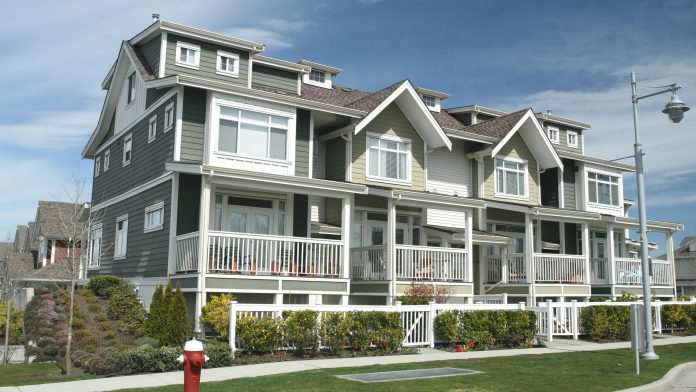In addition to raising their respective conforming loan caps from $484,350 in 2019 to $510,400 for 2020, both Fannie Mae and Freddie Mac are “easing” loan conditions for investors and buyers of multi-family properties in hopes of helping to address the affordability crisis in cities and suburbs nationwide.
Between 2005-2017, single-family home stock remained flat. Credit card debt stood at an all-time high and student loan debt topped $1.5T. Additionally, Harvard’s Center on Housing Studie, has indicated that from 2001-2016, median rental costs increased +11% while income declined -2% and the price of rental units soared +23%.
New Free Webinar Shows You The 12 Secrets Of Real Millionaire Agents. Stop Struggling. You Can FINALLY Laugh At Your Money Worries – If You Follow This Simple Plan. Learn How To Generate 100’s of Motivated Leads Without Coming Off As A Pushy Salesperson and Losing Your Soul. Learn Now How To Become One of the 1000s of Agents Making HUGE Money Who Never Thought They Could.
YES, I Want To Attend The FREE Webinar! <——Click To Register
P.S. Free Webinar, Limited Space. Less Than 300 Spots Still Available.
Harvard’s Center on Housing Studies also indicated that one-third or some 108M people in this country are renters. Of that 108M people, the Center on budget and Policy Priorities indicates that 23M live in low-income households that pay more than 50% of their income for rent.
Freddie Mac and Fannie Mae now have expanded incentives for multi-family borrowers via respective Small Loan and Small-Balance Loan programs that allow low fixed rate, non-recourse and interest-only loans. (“Small” is defined by loans in the $1M-$7M range for buildings between 5-50 units.) Both GSEs require less paperwork, offer low fees and have streamlined processes that well suit multi-family property owners who have other primary sources of income
In 2018, Fannie Mae and Freddie Mac financed more than 71,000 multi-family properties with small loans totaling some $169B in volume. Though Freddie and Fannie do not lend money directly, they market loans through financial service firms called delegated underwriting and servicing lenders. Firms such as CBRE, Walke and Dunlop, Arbor and Newmark Knight Frank screen the borrowers, underwrite/originate the loans for a fee and provide servicing and asset management. Such delegated underwriting and servicing lenders beat what banks can offer borrowers by delivering better rates, longer terms, non-recourse loans, faster services and broader market representation.
All of this translates into promoting multi-family rental loans that are more price accessible than other rental loans. Who benefits? The investor buying multiple properties, the individual buyer who will have more money to put into renovation and maintenance expenses and renters who will pay less in rental costs.
Fannie and Freddie also have small loan programs designated for manufactured housing communities in which 75% of the units are resident-owned and for mixed-use projects as long as retail space is less than 35% of the total building. Additionally, one of Fannie’s newest loan programs is called The Green Rewards Program that offers incentives to borrowers to update energy and water consumption in multi-family properties.
Though banks continue to account for the majority of multi-family property loans, some 69% of the market, Freddie and Fannie small loan programs for multi-family properties are making inroads into this pivotal market segment. Fast growing cities such as Denver, Seattle, San Antonio TX and Jacksonville FL are all feeling the benefits of Fannie and Freddie multi-family loan programs.
Thanks to HousingWire’s Mark Besharaty for source data.
Also read: Podcast: 12 Month Center of Influence Expansion Plan! (Part 2), Podcast: 12 Month Center of Influence Expansion Plan!, REALTORS’ Latest 2019 Confidence Index Survey

























